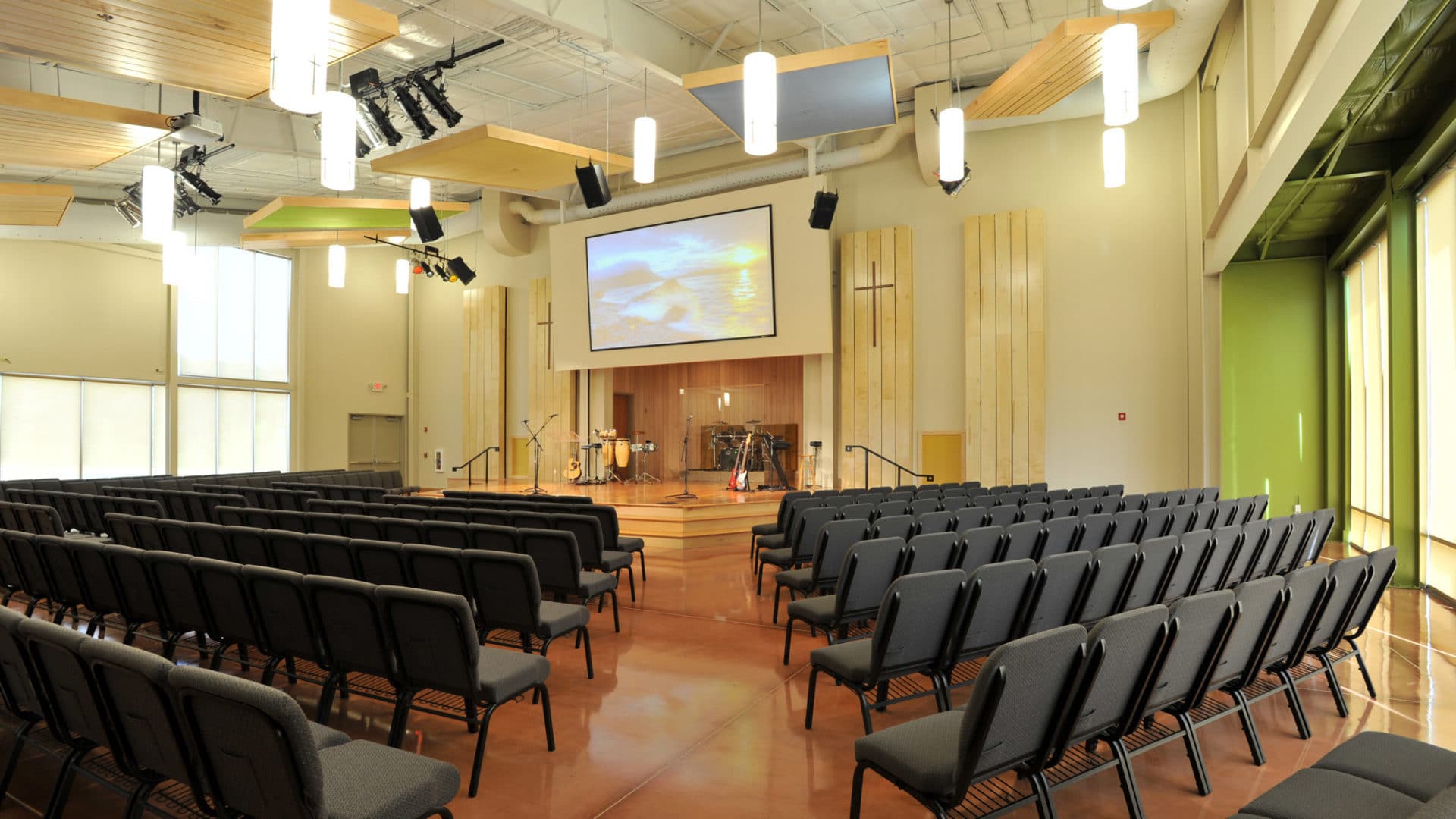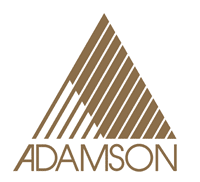This article originally appeared in the February 2013 issue.
By James Tackett
James Tackett is with The Paperless Hymnal, www.paperlesshymnal.com.
When most of us went to church not many years ago, we expected to sit in a pew, take a hymnal from the rack in front of us, and sing along with the song director. For some of us, there might be a “special” song, when we were presented with a solo or a number by the choir. But, most of the time, the folks in the pews sang along, reading at least the words and possibly the music from the songbook. Public schools taught everyone some music, so the music in the hymnal looked familiar and reassuring as we added our voices to the singing. The old song “Poppa Sang Bass” meant something to us as we sang bass, tenor, alto, and lead to those familiar songs. The beautiful harmony created by the voices of those present could be heard as the result of the cooperative effort.
Depending on where we choose to worship today, the Sunday worship service may look and sound the same as it did back then or it may be entirely different. With the advent of the digital projector and modern presentation software, that pew hymnal may not even exist. There may be a band or praise team up front leading the congregation in worship while the words of the latest contemporary songs are projected against a background of a flowing stream, beautiful sunset, or someone raising their hands to the sky. Those of us in the pew are expected to follow along as best we can, while only those leading the worship enjoy the benefit of printed music and rehearsals to guide them.
The presentation software available from the beginning was graphic and text oriented, and many of these products provided easy access to the lyrics of thousands of songs, both old and new, so that is what started showing up on screens in churches everywhere. Since the majority of the change was fueled by the younger tech-savvy generation, they brought with them the music most familiar to them. As a consequence, the “greatest generation” was forced to abandon the music notation so familiar to them and worship in the style of those steering the change. It was technology that provided the greatest vehicle for much of this change. We accepted it and its implementation because of the flexibility and usefulness it afforded. Congregations had limits of acceptability, cost, and resources as they each dealt with these changes.
I direct singing at an a cappella congregation in Central Texas. Instead of following in the footsteps of other congregations in the area, we decided to make our own slides and project not only the lyrics but also the music notation. The folks who wanted to expand beyond the songbook were happy with the availability of newer songs, and those who still wanted to see the music were blessed with an innovation easy for them to accept. Others had the same idea, and, from that initiative, several companies were born to supply slide material with both lyrics and music notation.
The intentions at these companies were not to turn the clock back on worship changes but to provide the missing resources absent from the beginning of this technology-driven era. Churches who struggle with the constant demand to enter the 21st Century techno age may find the material provided by these companies to be the very answer to make the new visual systems useful for them. All of these companies do their best to publish the best of the new and the past.
For churches that have traditionally used songbooks and have not embraced projected hymns, the main comment heard from them upon implementation of projected hymns with music notation is the fact that there is an immediate improvement in their singing. People are looking up and no longer have their heads buried in a book. Many older people are the first to express acceptance because they no longer need to hold a heavy book with print too small to read easily. Mothers no longer have to fight with younger children over the purpose of the songbook. Growing congregations find that everyone can see the music without buying new songbooks. Song directors are given a greater flexibility as they construct their worship service each Sunday.
Churches with musically educated members that used lyrics-only presentations have found that projecting both lyrics and music notation is the very tool they need to gain back the rich harmonies lost in their congregational singing due to the absence of music notation. They now introduce new songs with an assured confidence. They can continue to sing the old classics and hear the rich harmonies that were once present and now enjoy the harmonies found in the contemporary songs.
Music notation served us well in the past and it can continue to serve us in our churches, now and in the future. It shouldn’t be available to only those leading the worship when it can be available for everyone.












